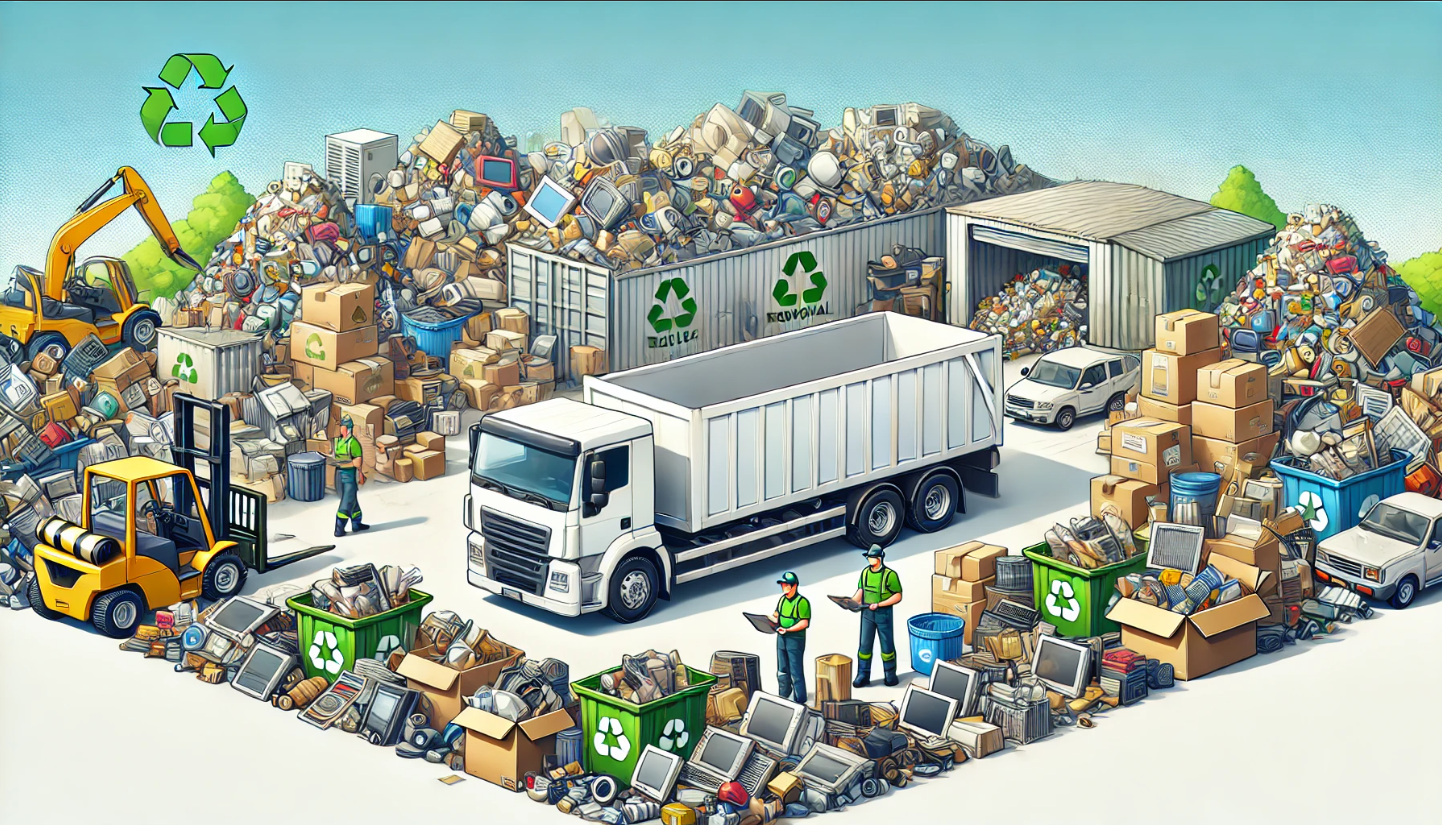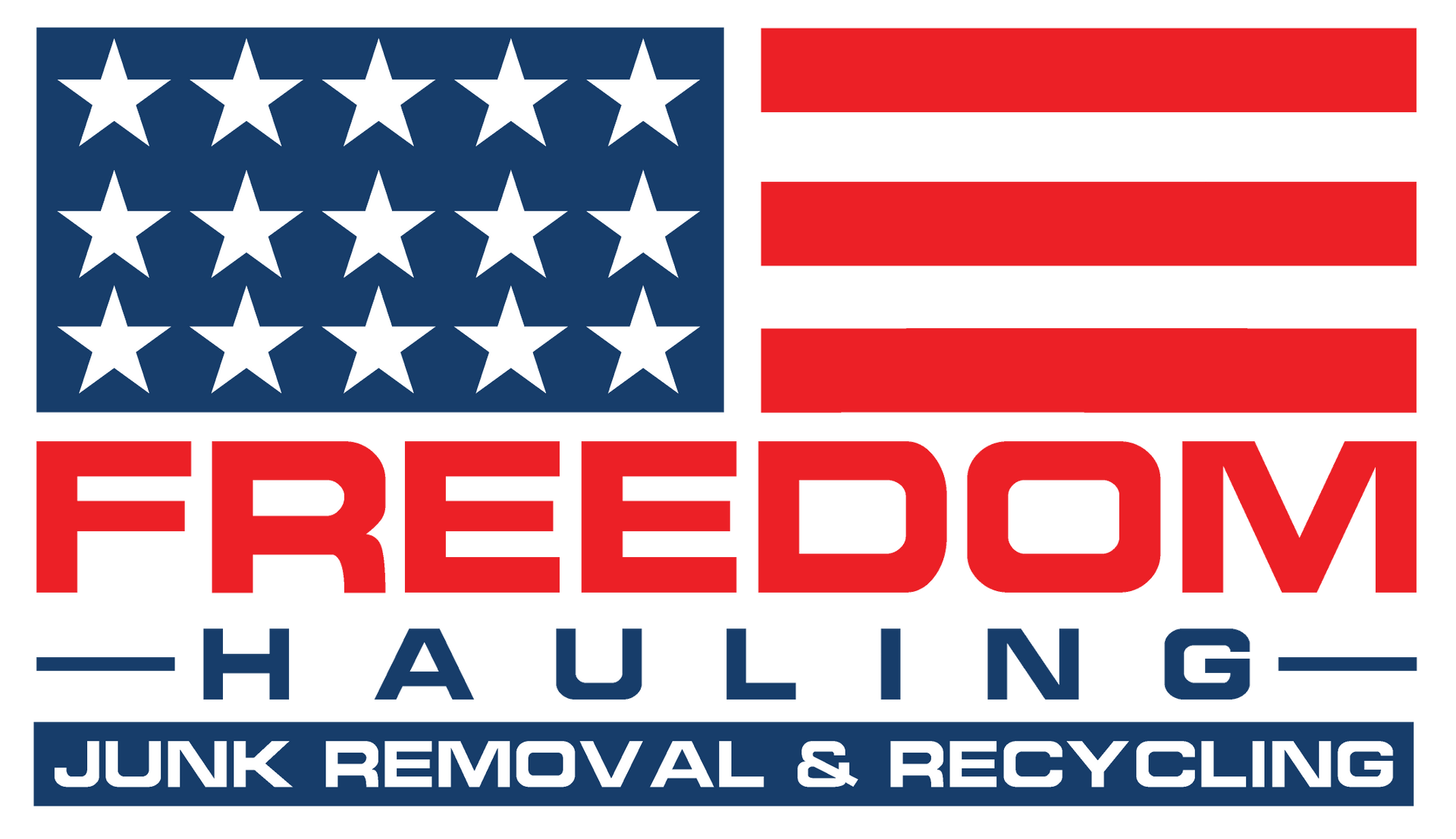
Recycling Unwanted Items – A Guide to Responsible Disposal
We all accumulate unwanted items over time, from old furniture and electronics to piles of outdated paperwork. Proper disposal of these items not only declutters your space but also protects the environment. Recycling unwanted items is a simple step towards sustainability, reducing landfill waste and conserving valuable resources. In this guide, we’ll explore how to recycle a variety of materials, the benefits of responsible disposal, and the steps you can take to make recycling part of your routine.
Why Recycling Matters
1. Conserves Natural Resources
- Recycling materials like metal, paper, and plastic reduces the need for raw resource extraction.
2. Saves Energy
- Producing goods from recycled materials uses significantly less energy than manufacturing from scratch.
3. Reduces Landfill Waste
- Keeps reusable items out of overflowing landfills, extending their life cycle.
4. Decreases Pollution
- Proper disposal prevents hazardous substances from contaminating soil and water.
5. Supports a Circular Economy
- Recycling creates jobs and promotes industries focused on sustainability.
Benefits of Recycling Unwanted Items
1. Declutters Your Space
- Recycling clears out unnecessary clutter, creating a cleaner, more organized home.
2. Helps Communities
- Donating usable items supports local charities and families in need.
3. Reduces Waste Management Costs
- Recycling programs can be more cost-effective than traditional waste disposal methods.
4. Encourages Environmental Awareness
- By recycling, you inspire others to adopt sustainable practices.
Common Items to Recycle and How
| Item Type | Recycling Options | Special Notes |
|---|---|---|
| Electronics (E-Waste) | Drop-off centers, certified recyclers | Remove personal data before disposal |
| Paper and Cardboard | Curbside programs, recycling bins | Keep dry and free from contaminants |
| Plastic Containers | Curbside bins, store take-back programs | Check for recycling symbols and codes |
| Metal Items | Scrap metal yards, recycling centers | Clean and separate by type |
| Glass | Bottle deposit programs, local recycling | Rinse and remove caps or lids |
| Clothing | Donation bins, thrift stores | Donate wearable items; recycle damaged ones |
How to Get Started with Recycling
1. Identify Recyclable Items
- Separate materials into categories like metal, plastic, paper, and glass.
2. Research Local Programs
- Find out what items are accepted by your local curbside recycling or drop-off programs.
3. Prep Materials
- Clean and sort recyclables to ensure they meet the requirements of your program.
4. Donate Before Recycling
- Consider whether items can be reused or donated before recycling them.
5. Schedule Pickups
- Many junk removal services offer recycling pickup as part of their offerings.
FAQs About Recycling Unwanted Items
1. Can I recycle electronics?
- Yes, most e-waste can be recycled through certified programs. Check for local drop-off events or facilities.
2. What should I do with old furniture?
- Donate usable furniture to charities or schedule a pickup with a junk removal service for recycling.
3. Are clothes recyclable?
- Many damaged clothes can be recycled into rags or insulation. Donate wearable items to thrift stores.
4. What happens if I mix recyclables with trash?
- Mixed materials can contaminate recyclables, leading them to be rejected. Always separate correctly.
5. Is recycling free?
- Most curbside programs are free, while some electronics or large items may incur a small fee.
